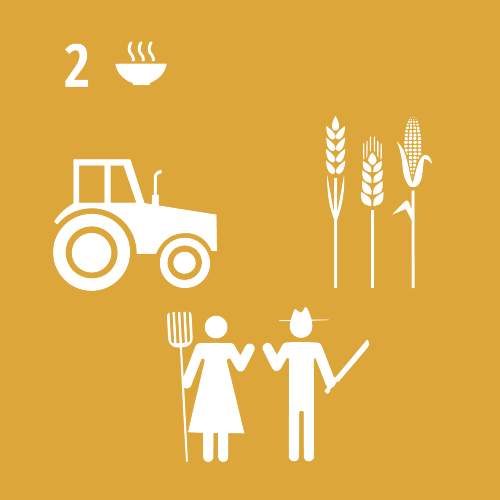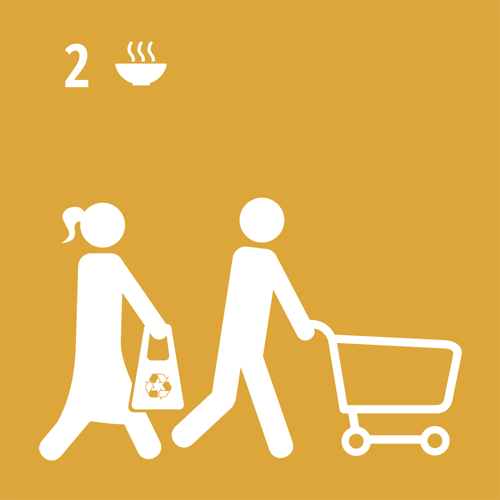End hunger, achieve food security and improved nutrition and promote sustainable agriculture
The agricultural sector is facing several challenges: a growing population, urbanisation, and rising household income. These factors will continually increase the demand for food and put great pressure on this sector. Although there is enough food for all in the world, not all can afford to buy. According to the UN, extreme poverty and hunger are mainly problems of rural areas where people depend directly or indirectly on agriculture, fisheries, or forestry as a source of income and food.
Eradicating extreme poverty and hunger was a millennium development goal (MDG) from 2000 to 2015 and there was a positive evolution. However, there was a need for the 2030 Agenda to expand the targets of this goal and consider a more systemic approach.
Thus, SDG 2 integrates and links different dimensions: ending hunger and improving nutrition, achieving food security, and promoting sustainable and climate-resilient agriculture. Beyond the strong connection with poverty, SDG 2 is also related to health, climate change, gender equality, labour, land degradation, water scarcity, biofuel production, and inequality issues.
Investment and innovation should have a crucial role in increasing sustainable agricultural production, improving the global supply chain, decreasing food losses and waste, and ensuring permanent access to safe, nutritious and sufficient food for all people. Governments also have an important role in ensuring policy coherence, in particular with Common Agricultural Policy, and in developing policy to support small-scale farming.
Education, in particular vocational training, is fundamental for the process of raising agriculture productivity, acquiring knowledge, skills, and competences, innovation and research, facilitating access to land, credit, and business development services and improving conditions of agricultural and rural employment.










